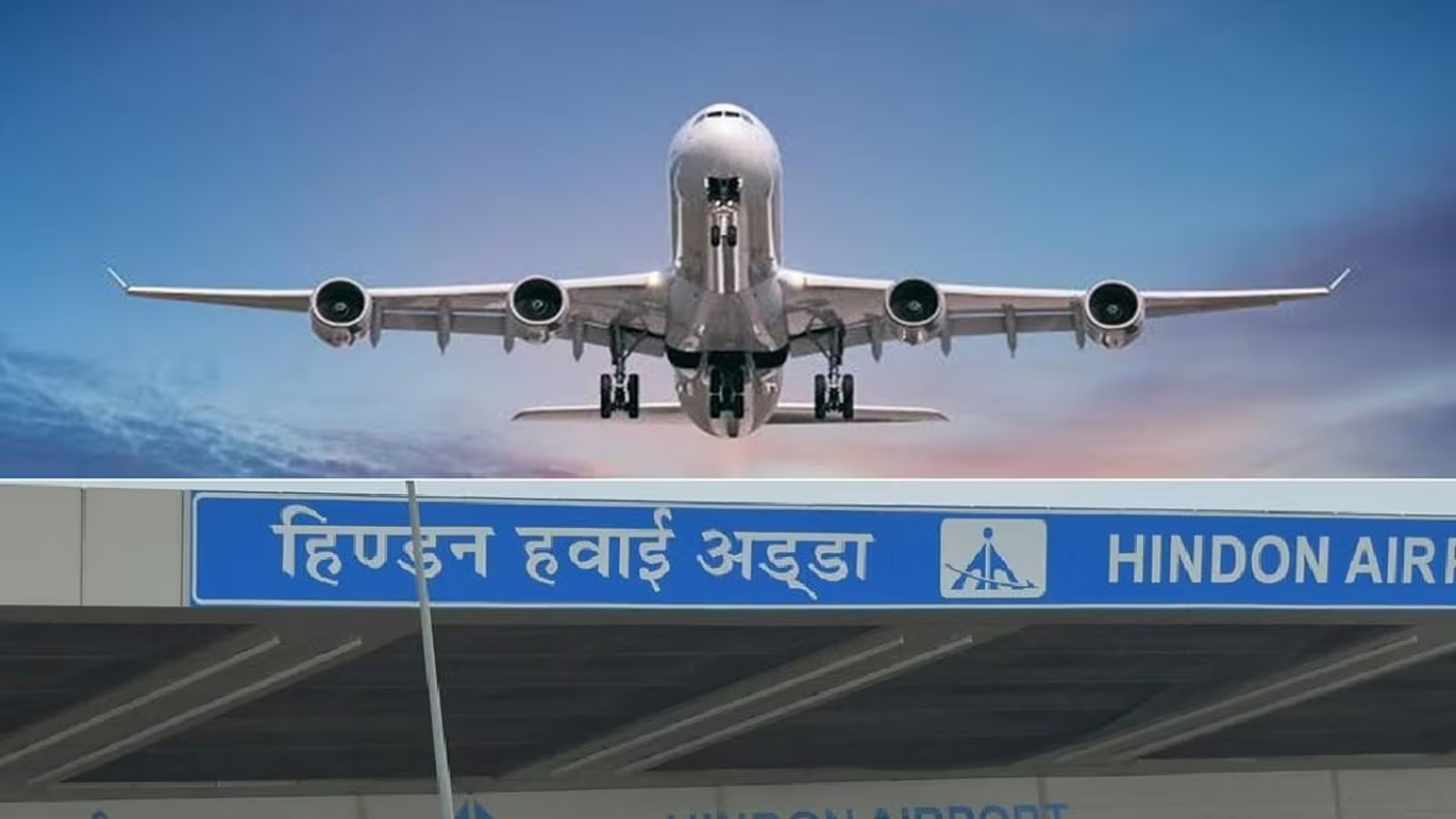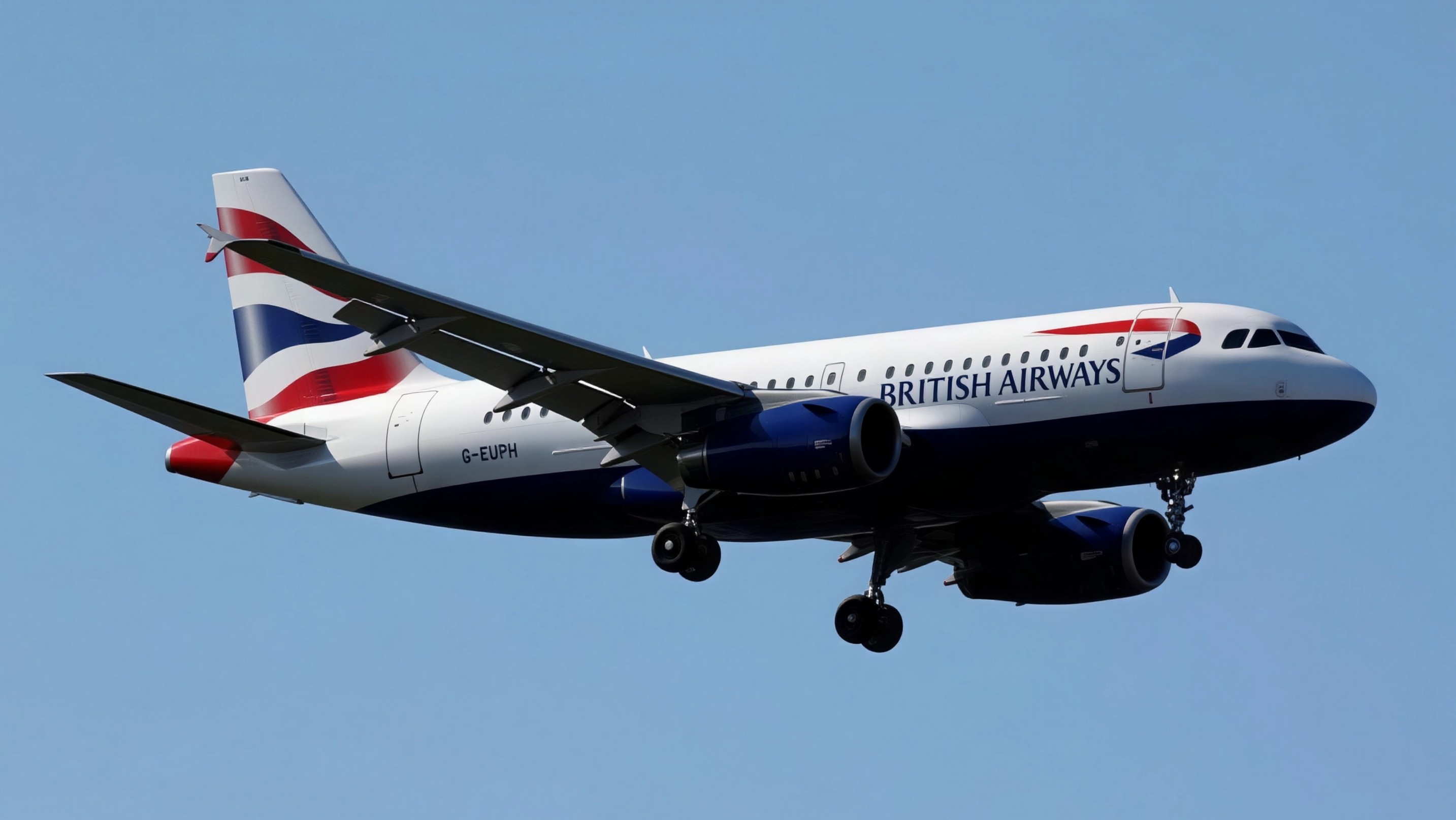Hindon Airport, located in Ghaziabad and operated by the Airports Authority of India, is experiencing a remarkable upswing in passenger traffic and airline interest. Once a quiet facility serving a handful of regional flights, the airport is now emerging as a cost effective hub for low cost carriers. Recent moves by Air India Express and IndiGo have significantly changed the narrative around Hindon, placing it firmly on the aviation map.
As per the latest data from AAI, aircraft movements at Hindon Airport surged 137 percent in the current financial year, reaching 3,080. The number of departing passengers has also seen a steep rise, with an increase of over 180 percent, totaling nearly 84,000 passengers. Much of this spike has been attributed to the entry of larger carriers into the airport’s network.
Air India Express, the low cost arm of Tata owned Air India, was the first major airline to expand operations out of Hindon earlier this year. The airline now flies to multiple key cities including Mumbai, Goa, Bengaluru, Chennai, Kolkata, Jaipur, Patna, Varanasi, and Bhubaneswar. The move marked a major shift for the airline, which previously focused on larger airports in the National Capital Region. By May, Air India Express had already expanded to over 60 weekly departures from Hindon.
Following suit, IndiGo is preparing to launch its own set of flights from Hindon starting July 20. The airline will operate over 70 weekly flights connecting nine Indian cities such as Ahmedabad, Mumbai, Patna, Chennai, Indore, and Varanasi. This step will increase Hindon’s daily departures by 56 percent, taking the total number of flights from 16 to 25 each day.
One of the biggest advantages drawing airlines to Hindon is cost. As a designated UDAN airport under the government’s regional connectivity scheme, Hindon offers significantly lower aeronautical charges. Airlines operating from here save between 20 to 25 percent on landing and parking fees compared to Delhi’s main airport. The user development fee is also zero, which directly benefits passengers with reduced ticket costs.
According to fare comparisons, flights from Hindon are often 20 to 30 percent cheaper than those from Delhi Airport. Ticket prices from Hindon are reportedly lower by about ₹1,000 to ₹3,000 depending on the destination and carrier. For price conscious travelers, this is a major incentive, especially when flying to popular metro cities.
Industry analysts believe Hindon is strategically positioned to tap into eastern Delhi and nearby regions. With Jewar Airport still under development, Hindon has a clear advantage in terms of location and readiness. Analysts also point out that Hindon helps decongest the overloaded slots at Delhi Airport, offering airlines and passengers more flexible scheduling.

While major carriers like IndiGo and Air India Express are already reaping the benefits of Hindon, smaller airlines such as Akasa Air and SpiceJet might stay on the sidelines for now due to limited operational capacity and infrastructure at the airport. Still, with planned upgrades and growing passenger demand, Hindon could become a model for regional airport growth in the future.
As Hindon continues to scale up, upcoming enhancements include improved parking, terminal services, and possibly additional retail and food outlets. The airport’s success underscores the increasing appetite for affordable, accessible air travel in India, especially in fast growing urban clusters like Ghaziabad.
The rapid transformation of Hindon from a niche facility under the UDAN scheme to a competitive alternative for metro bound travelers demonstrates how smart pricing and strategic expansion can reshape regional aviation. With more cities and passengers being added to its roster each month, Hindon Airport is well on its way to becoming a vital travel hub in North India.
Stay updated with the latest travel and aviation stories that matter. Follow Travel Moves on Instagram and Facebook for your daily dose of journeys, insights, and travel inspiration.









